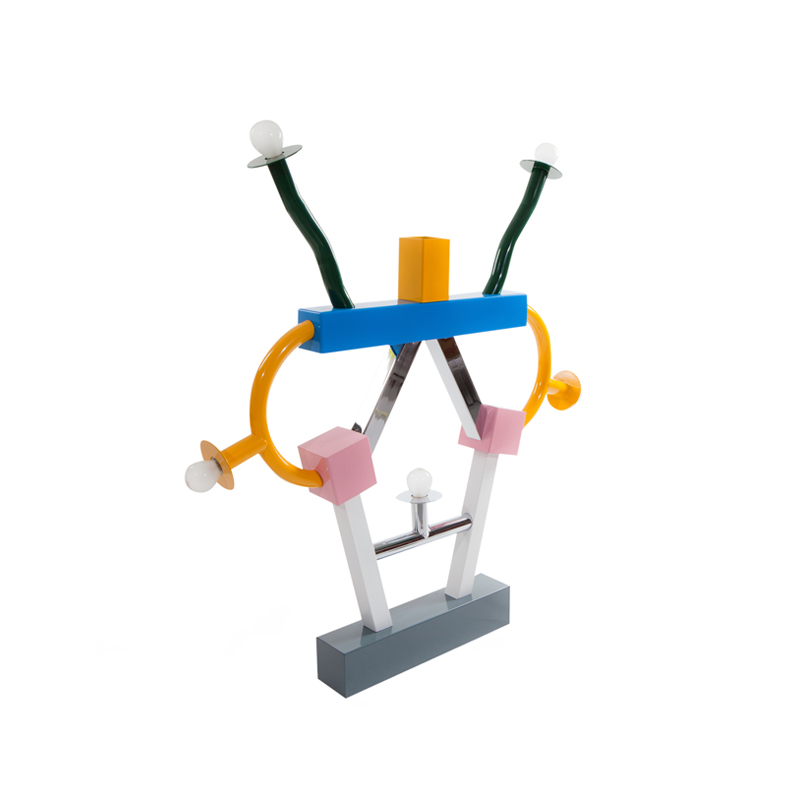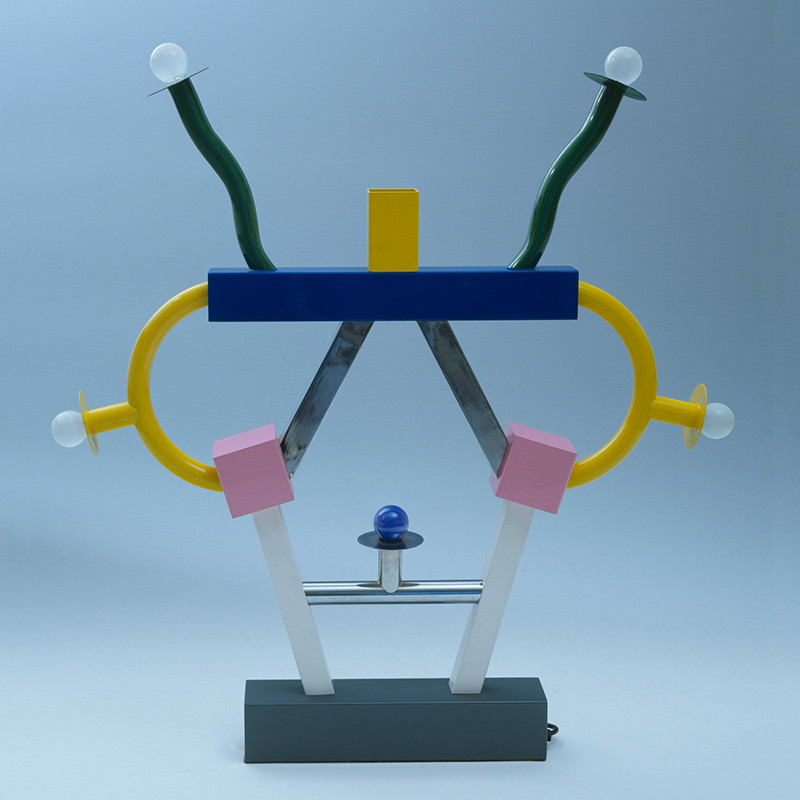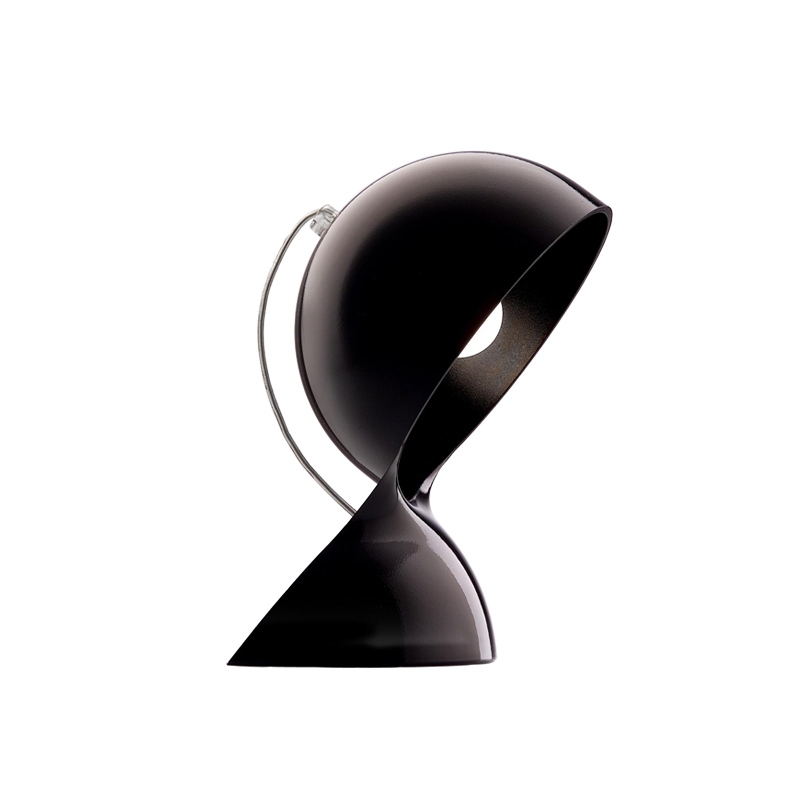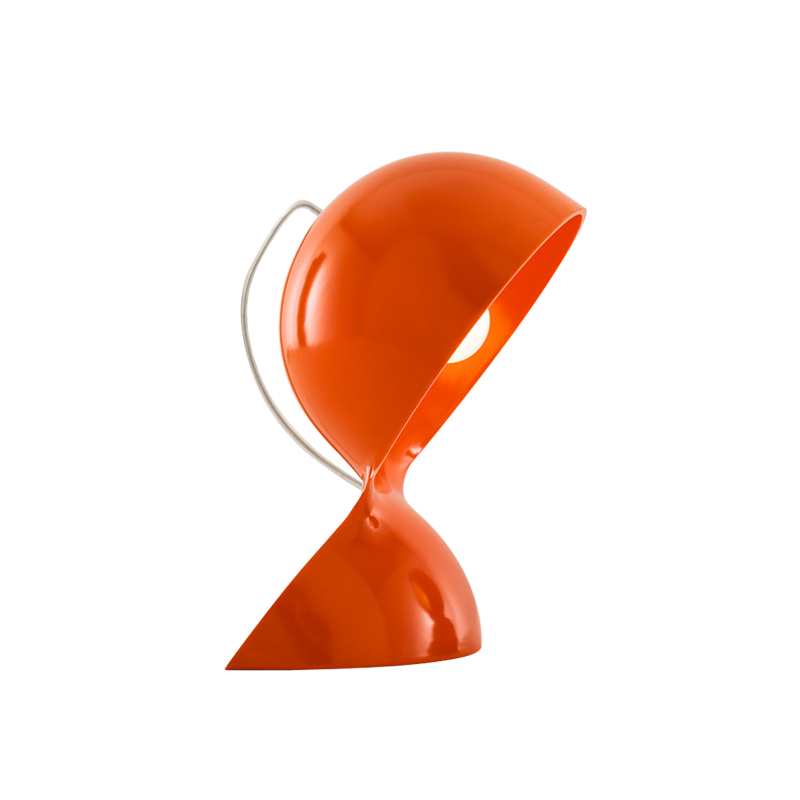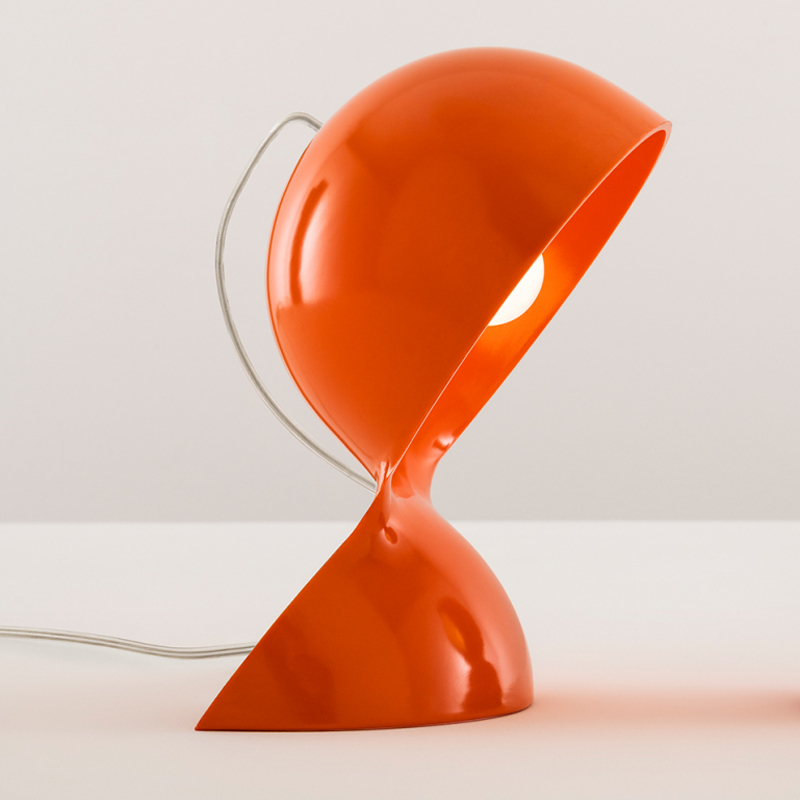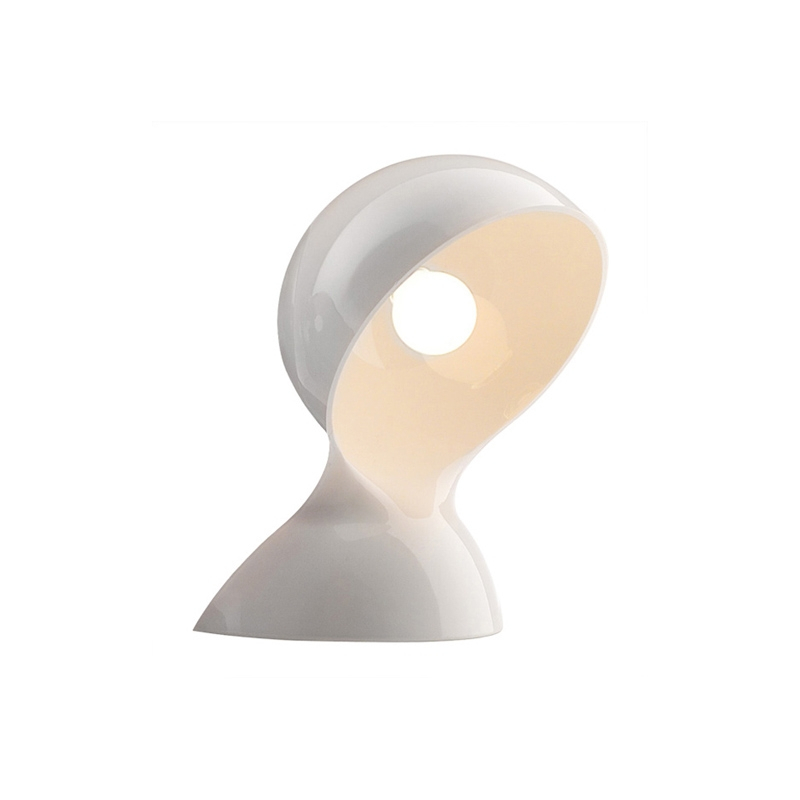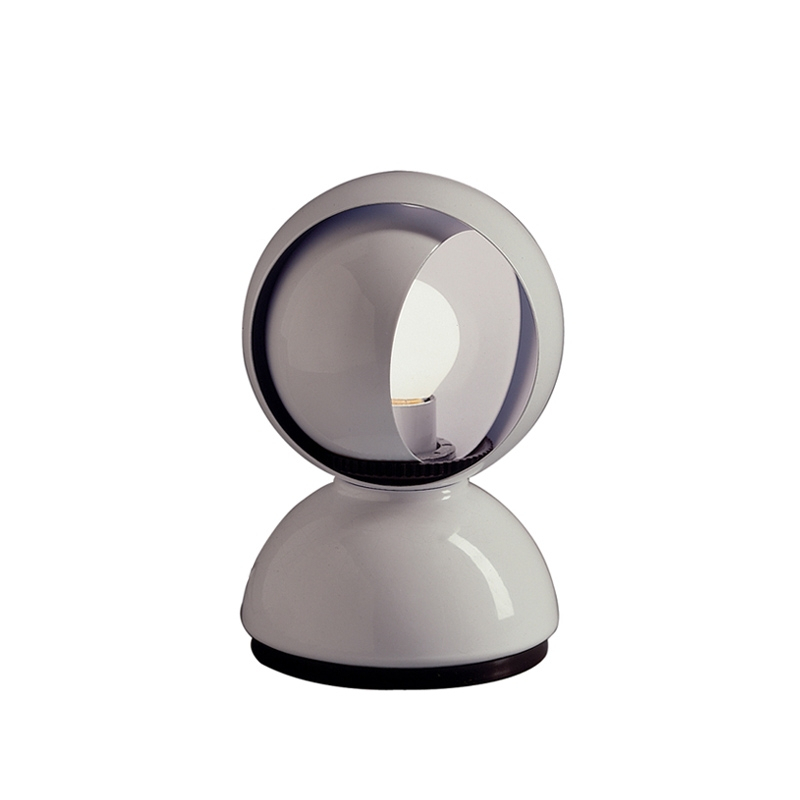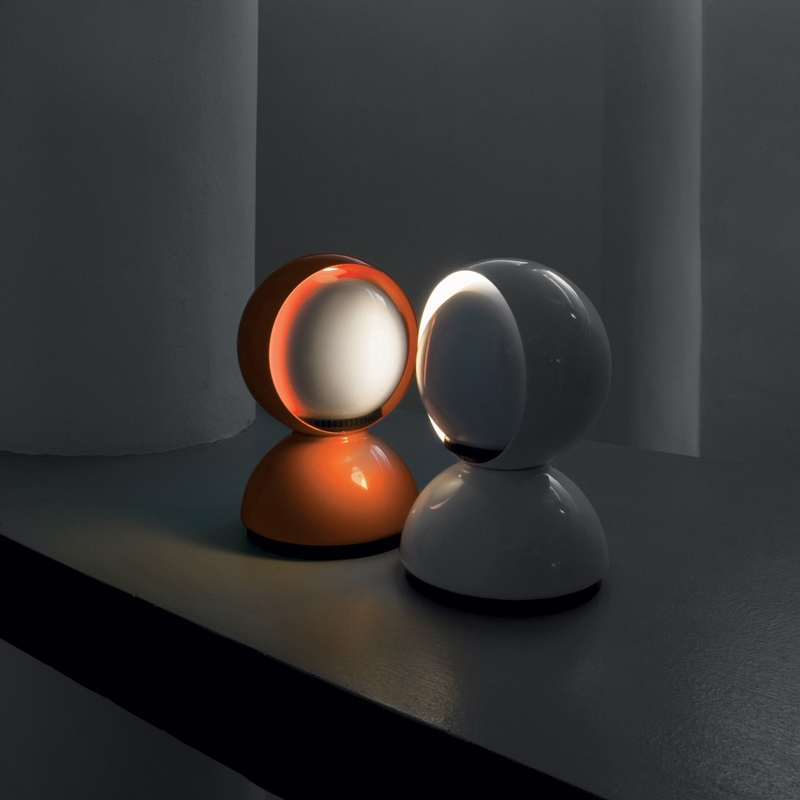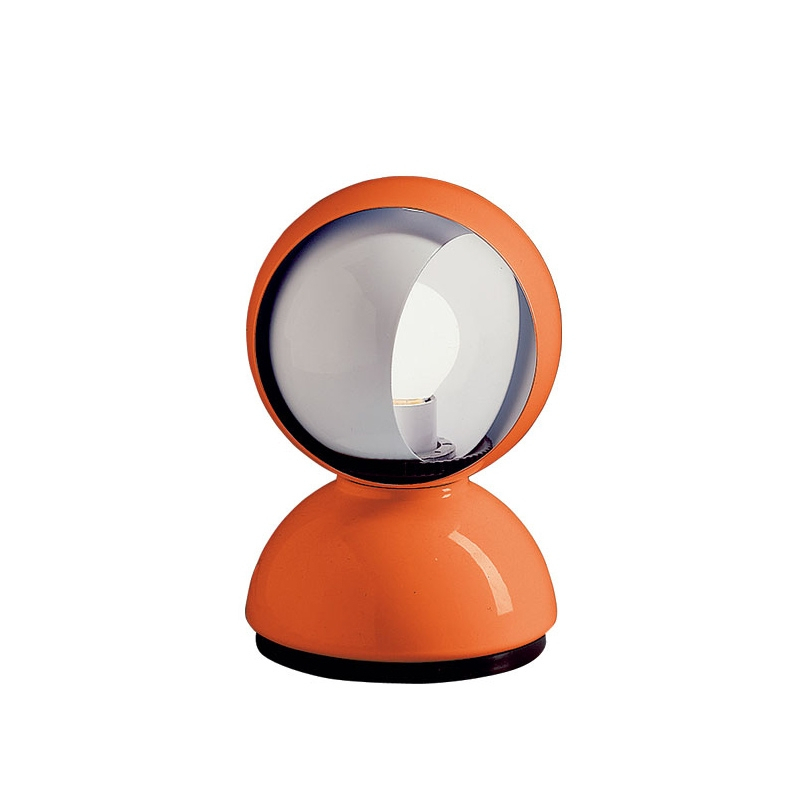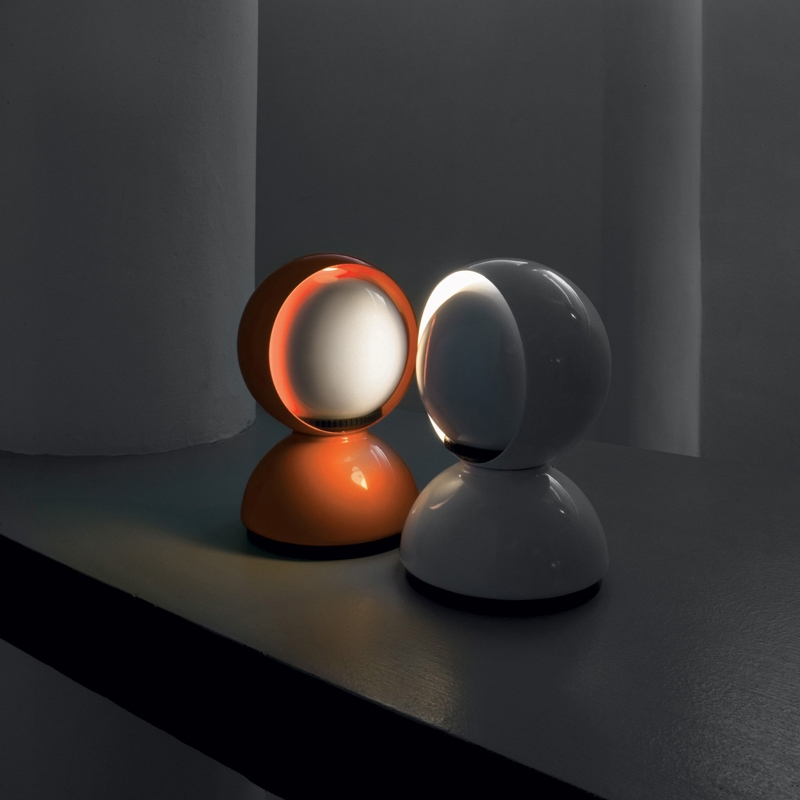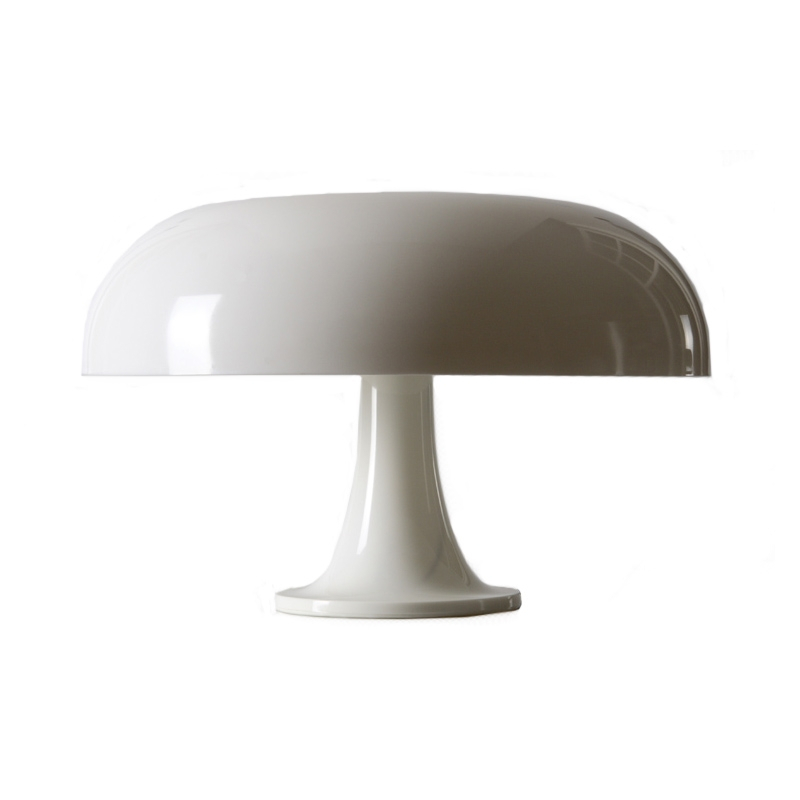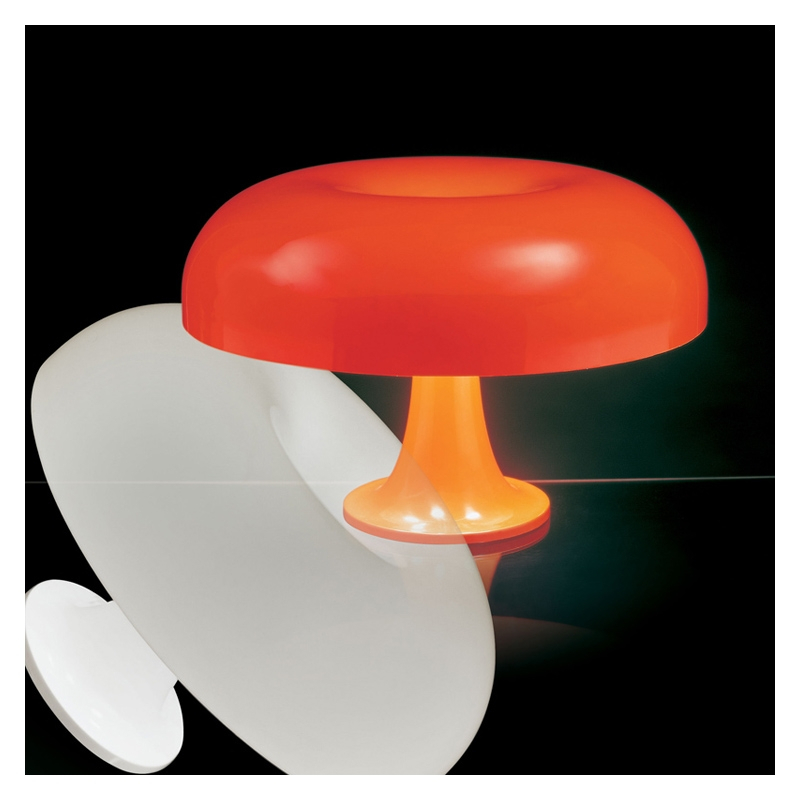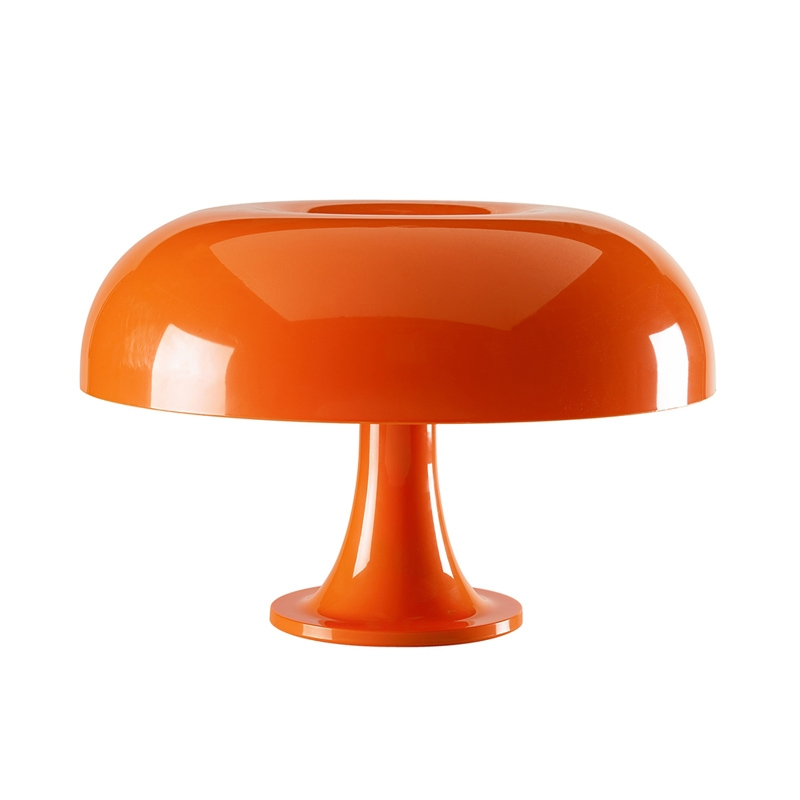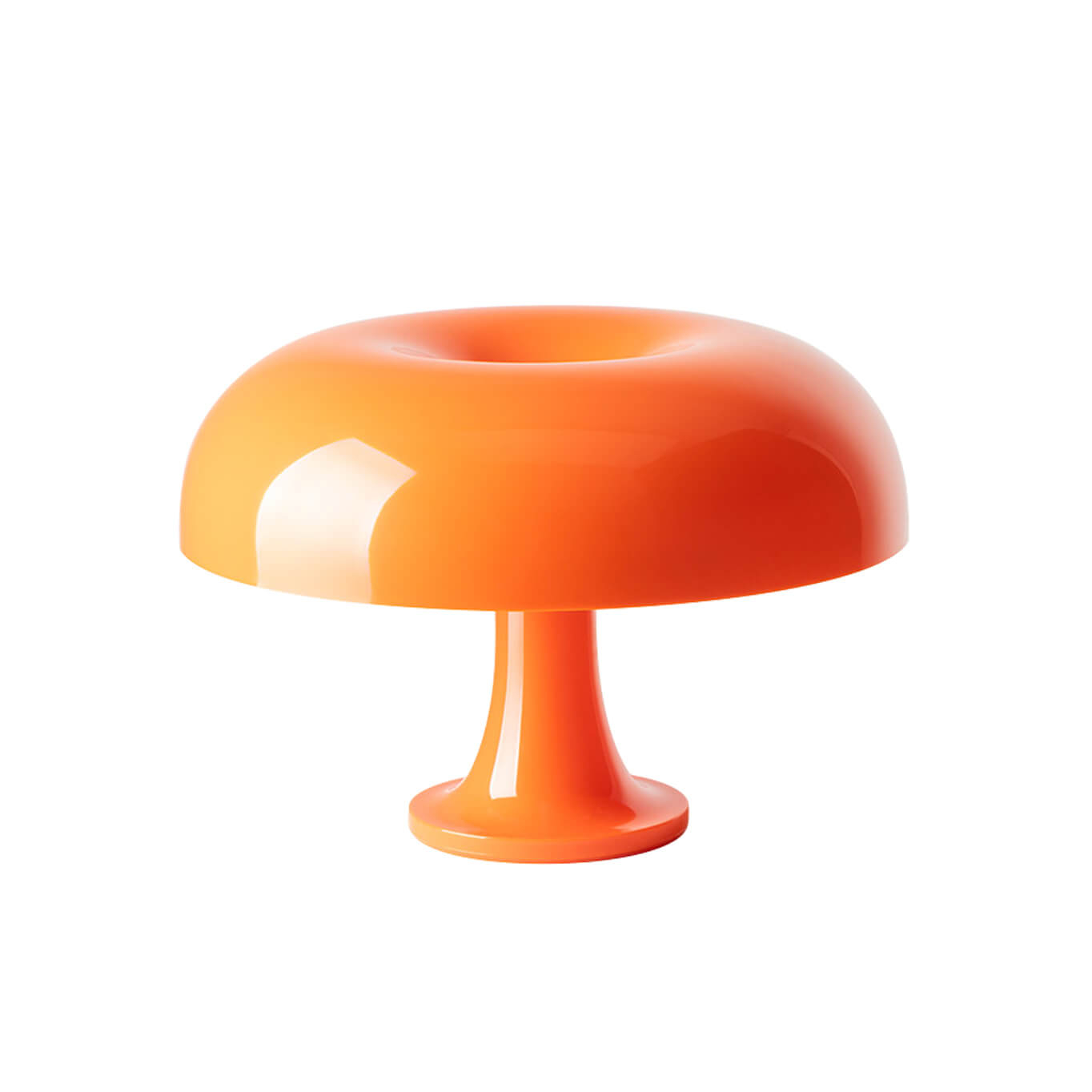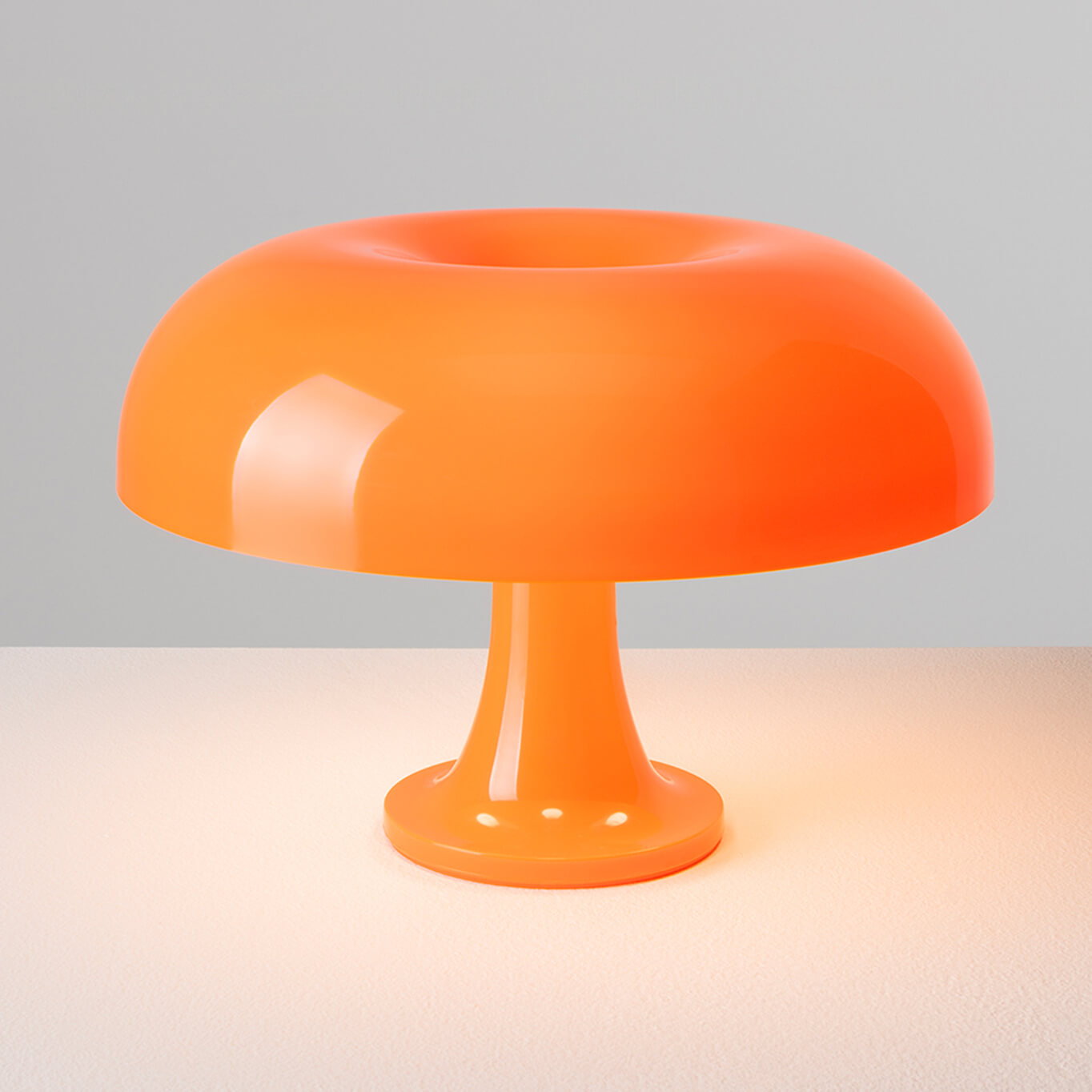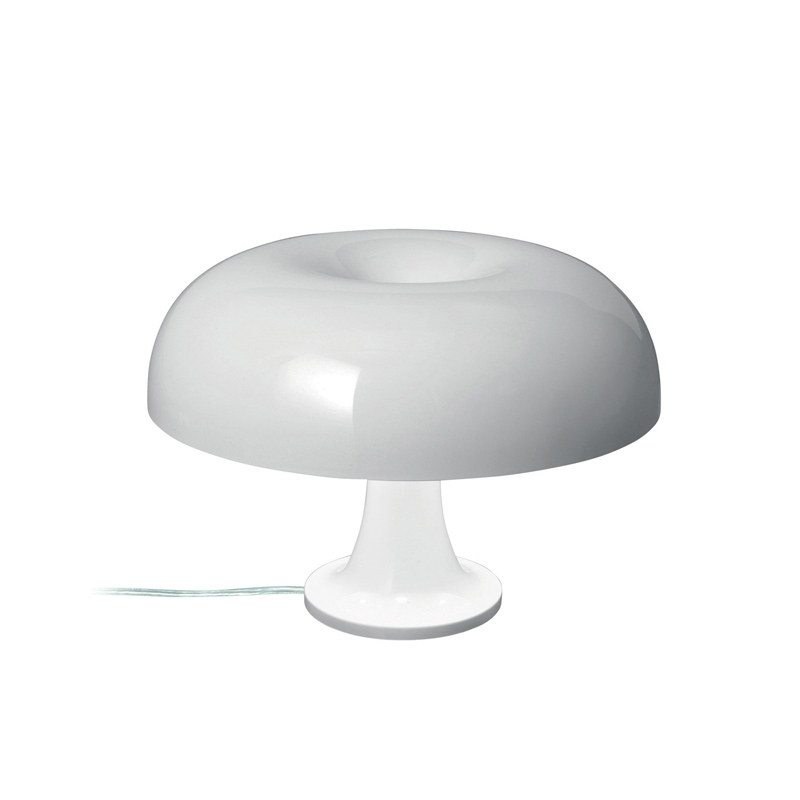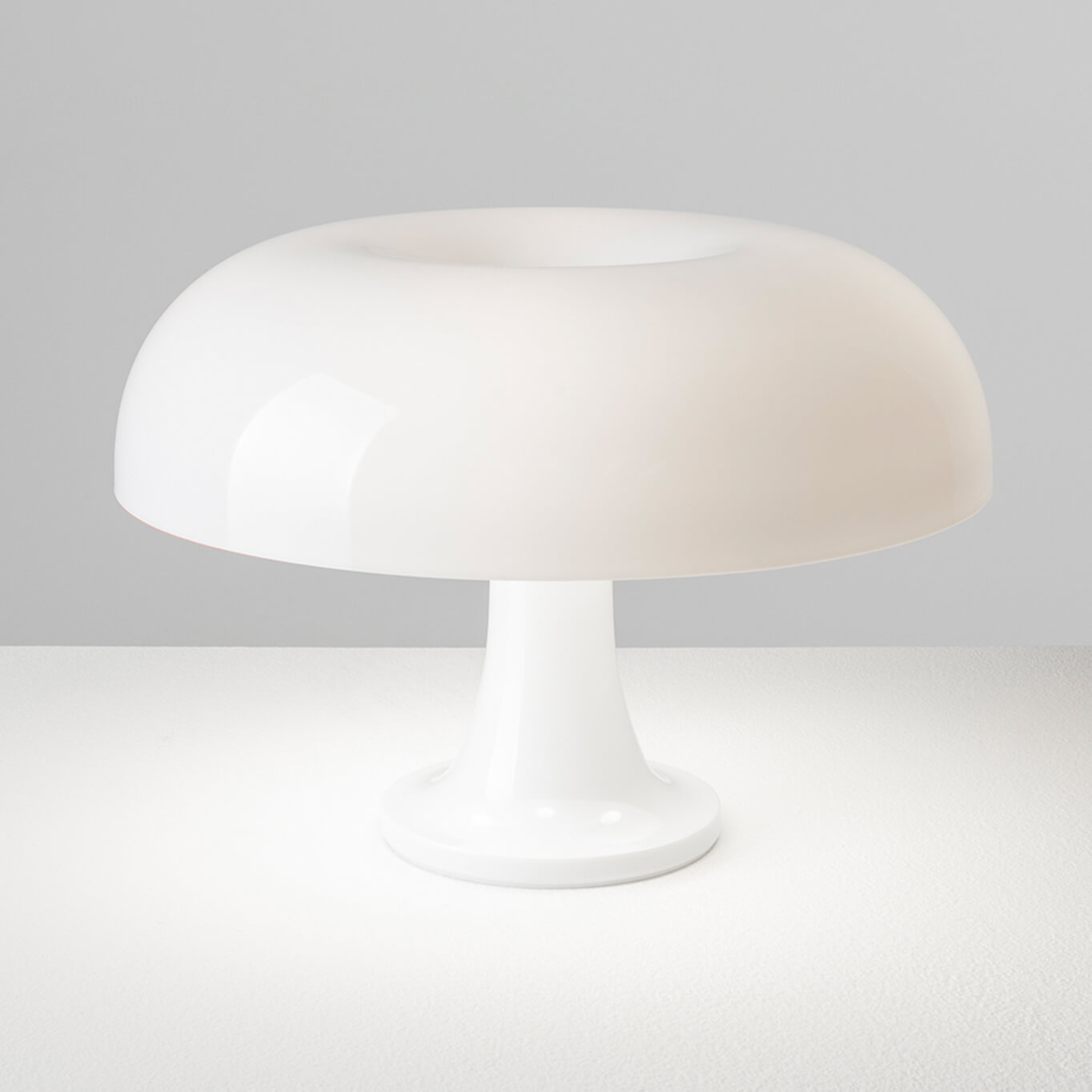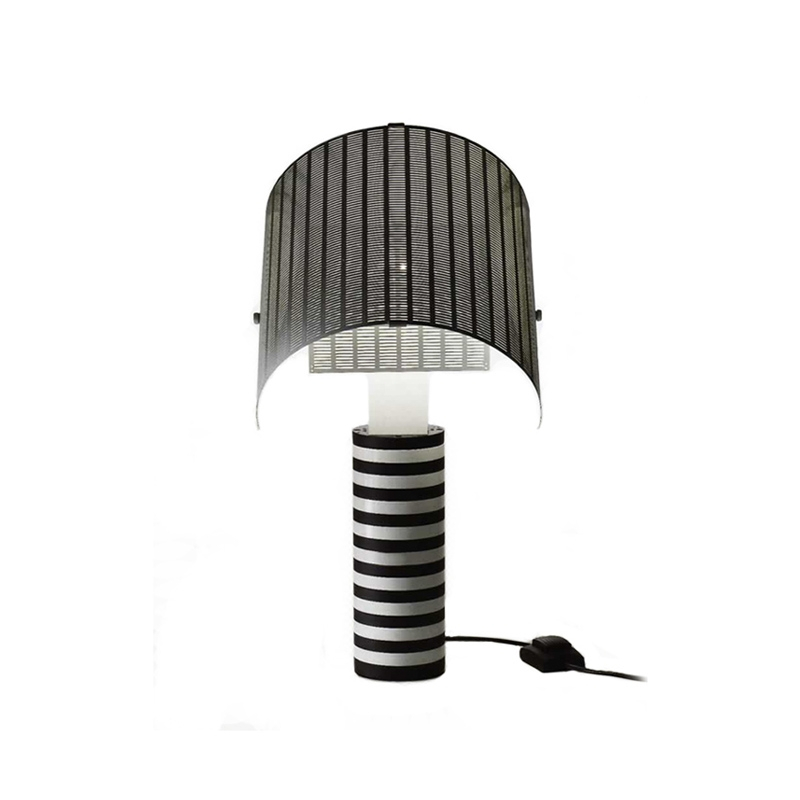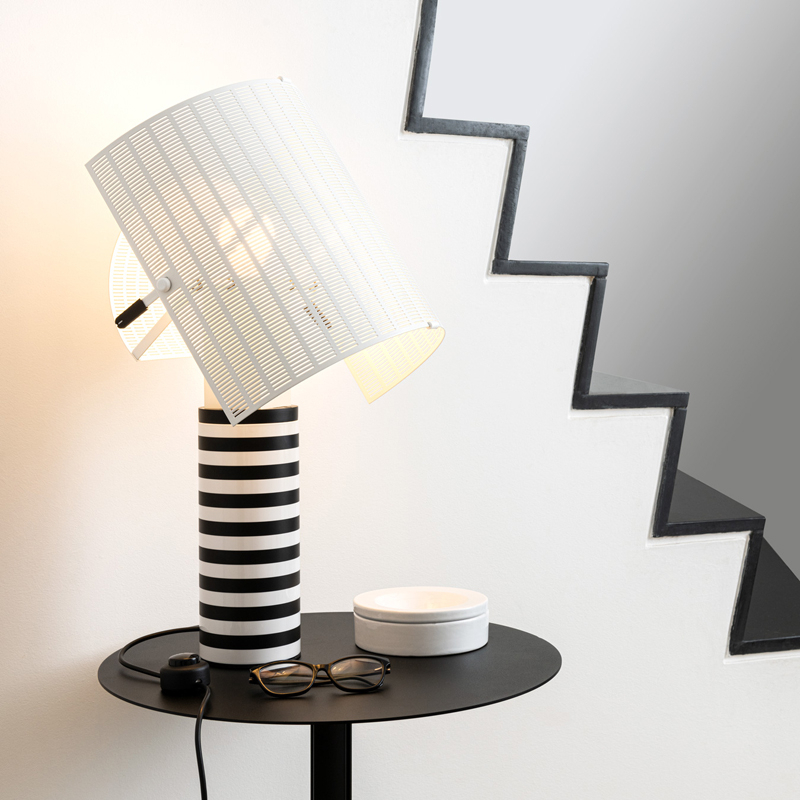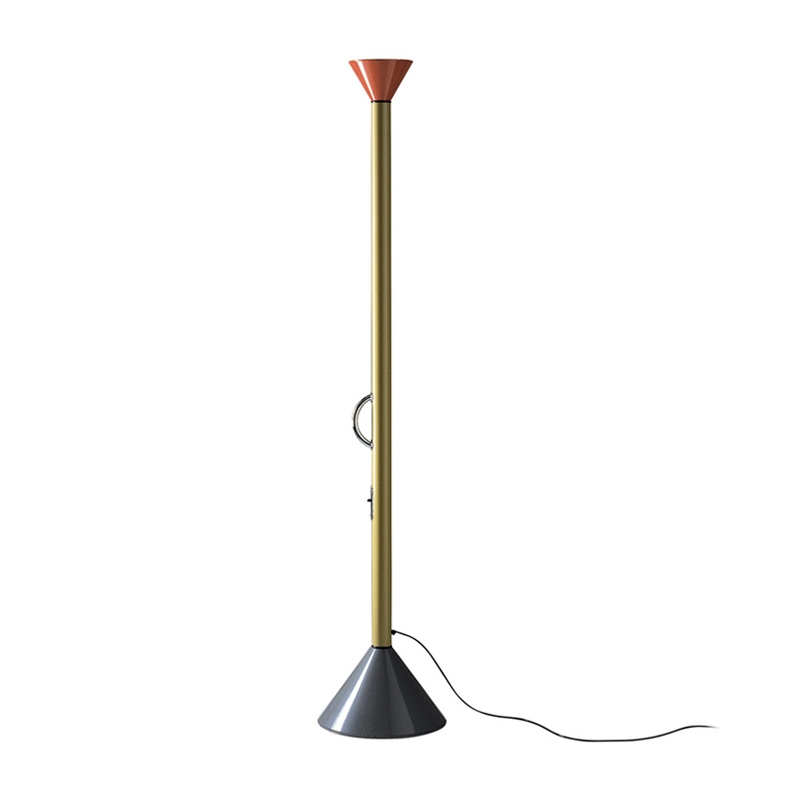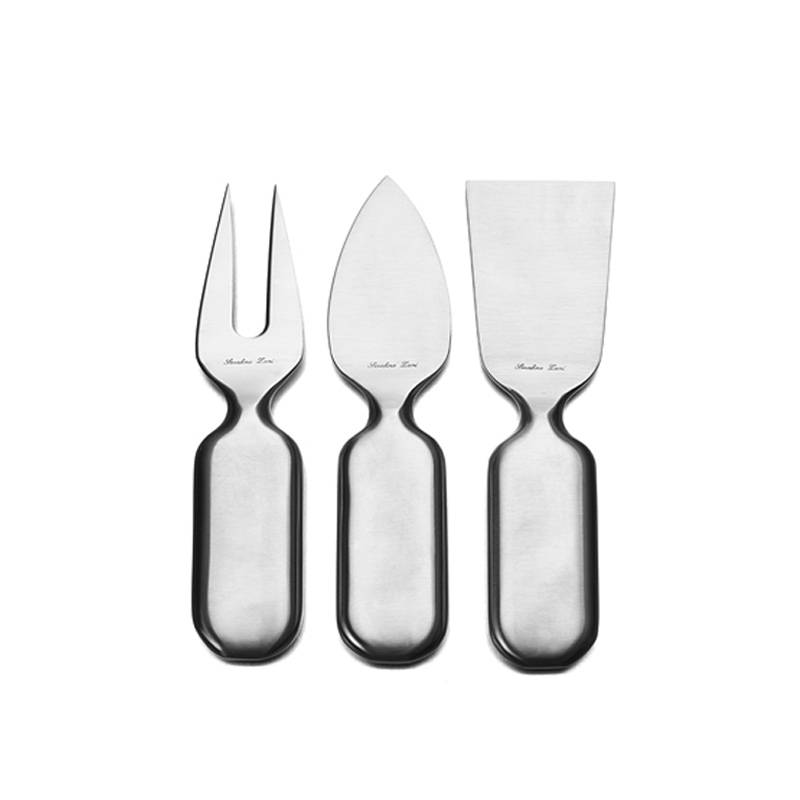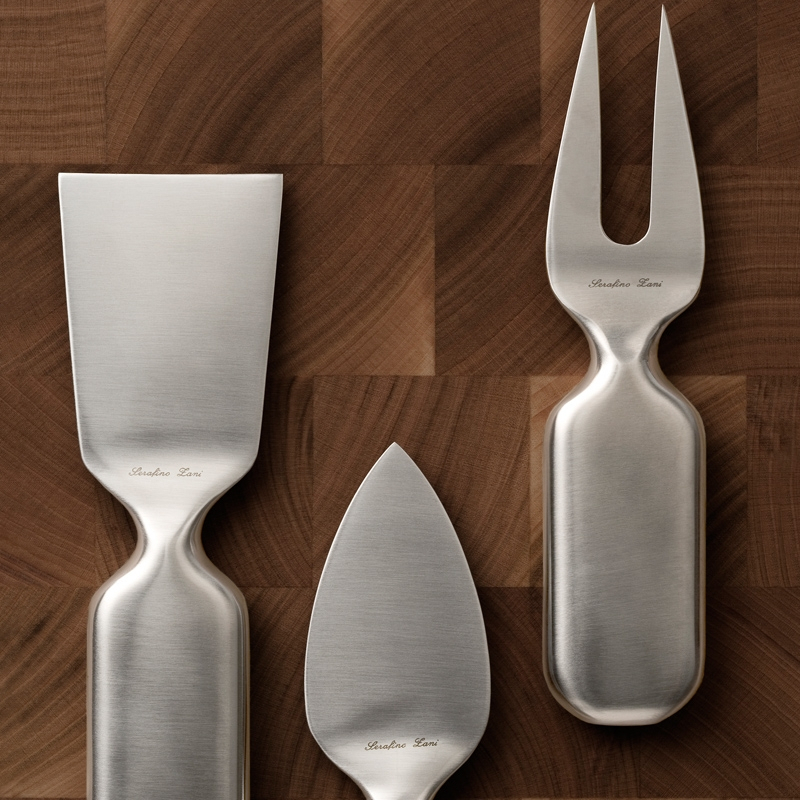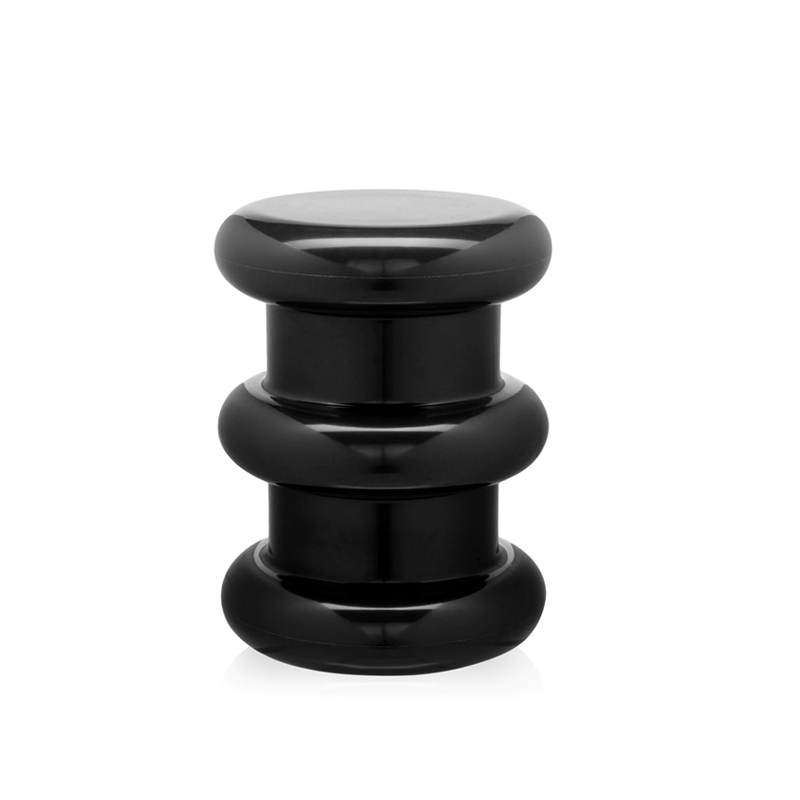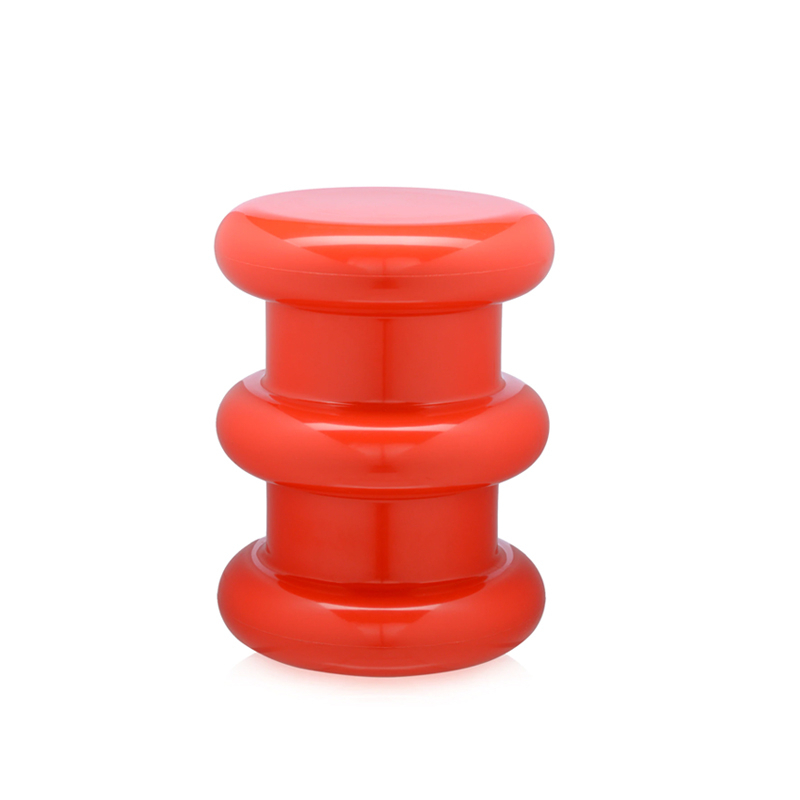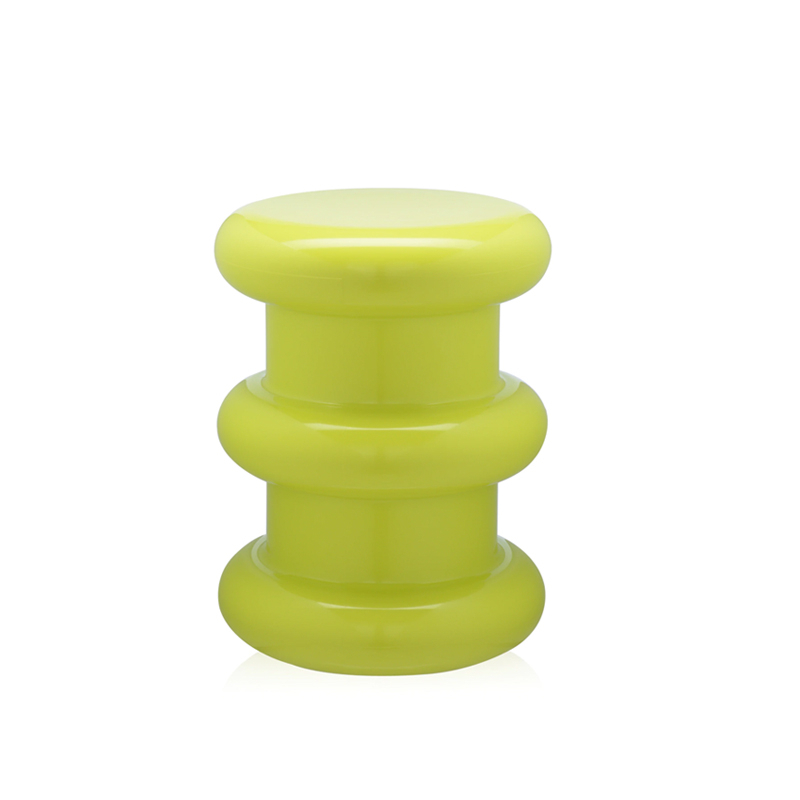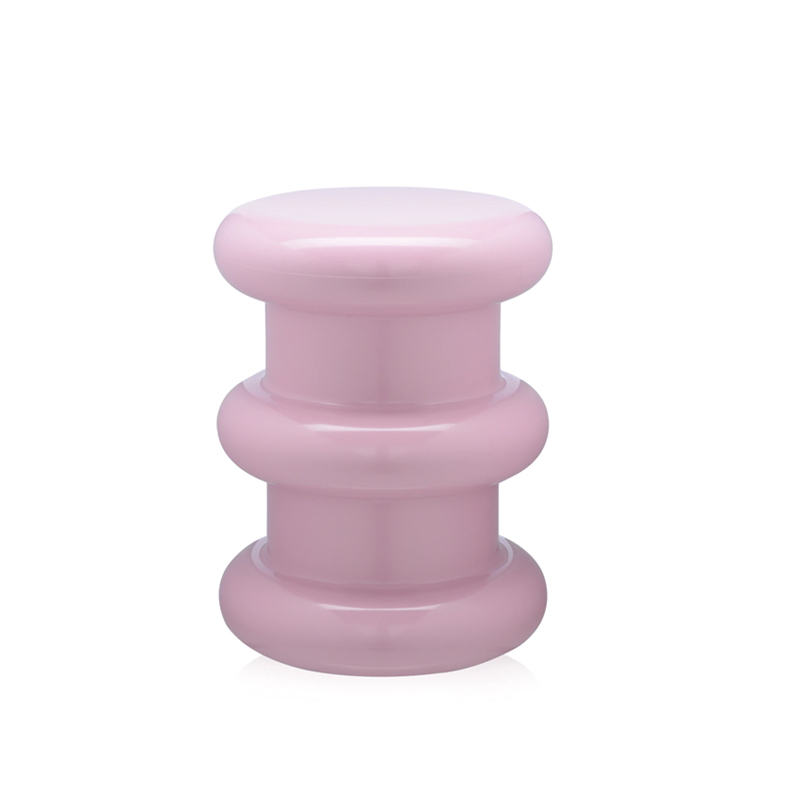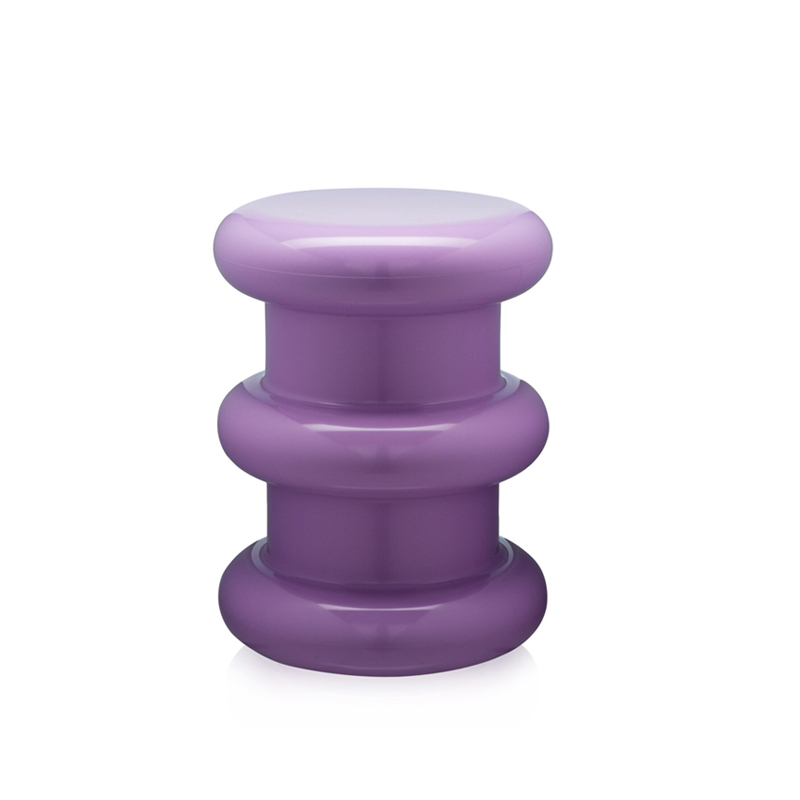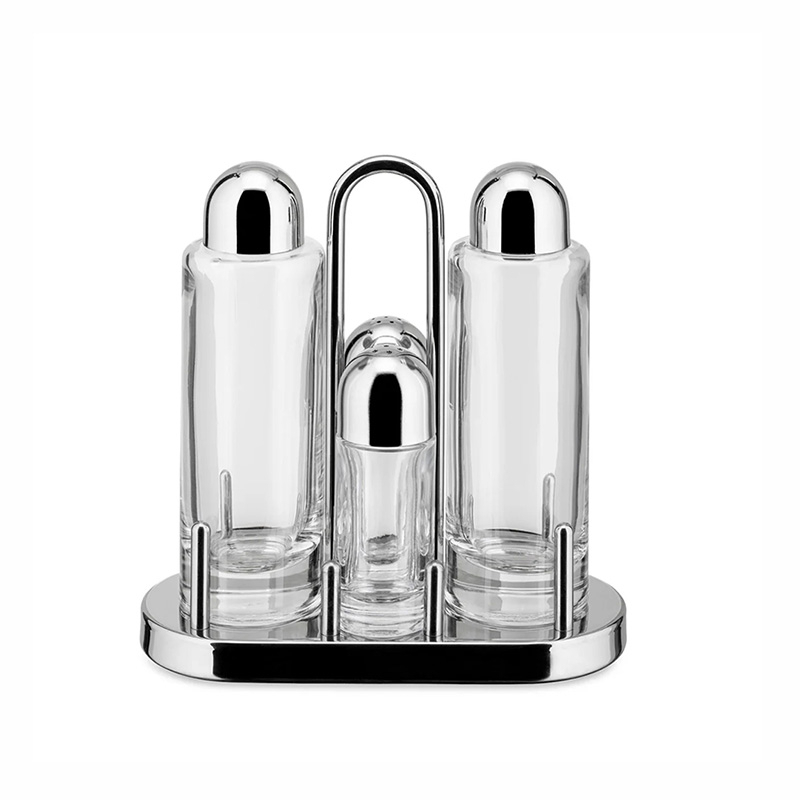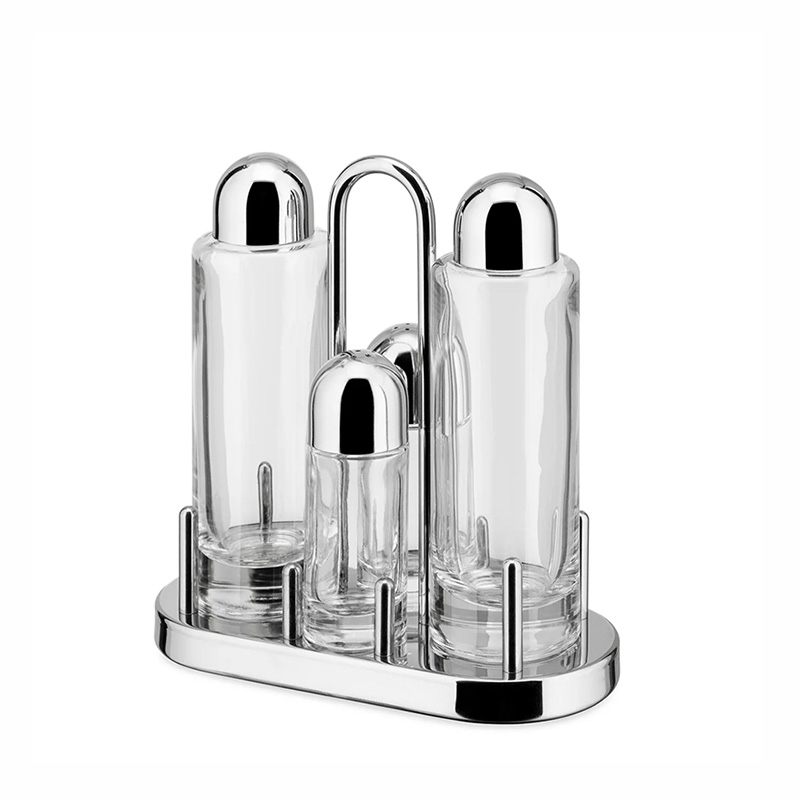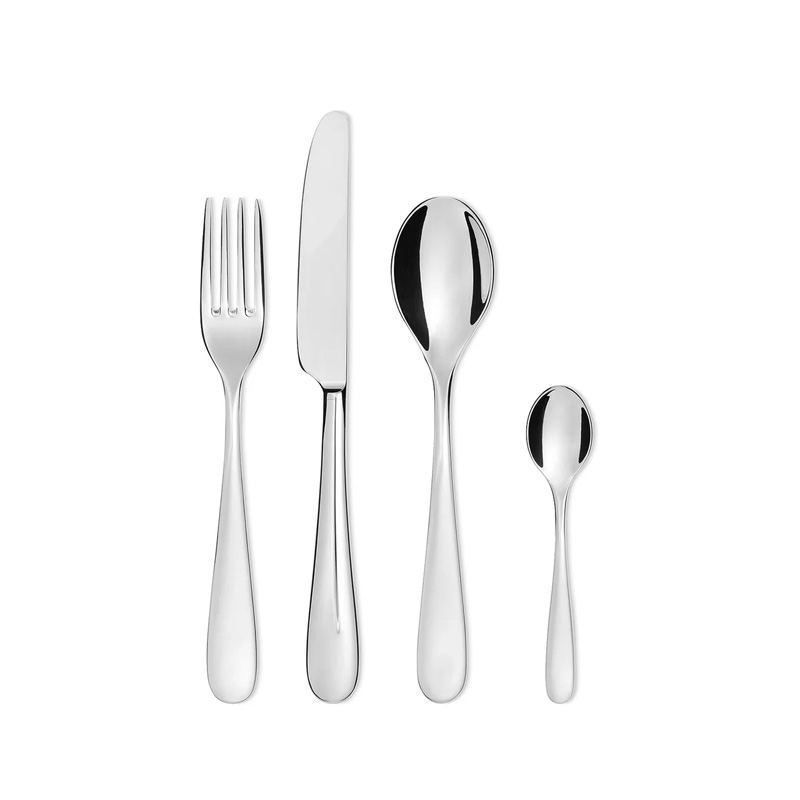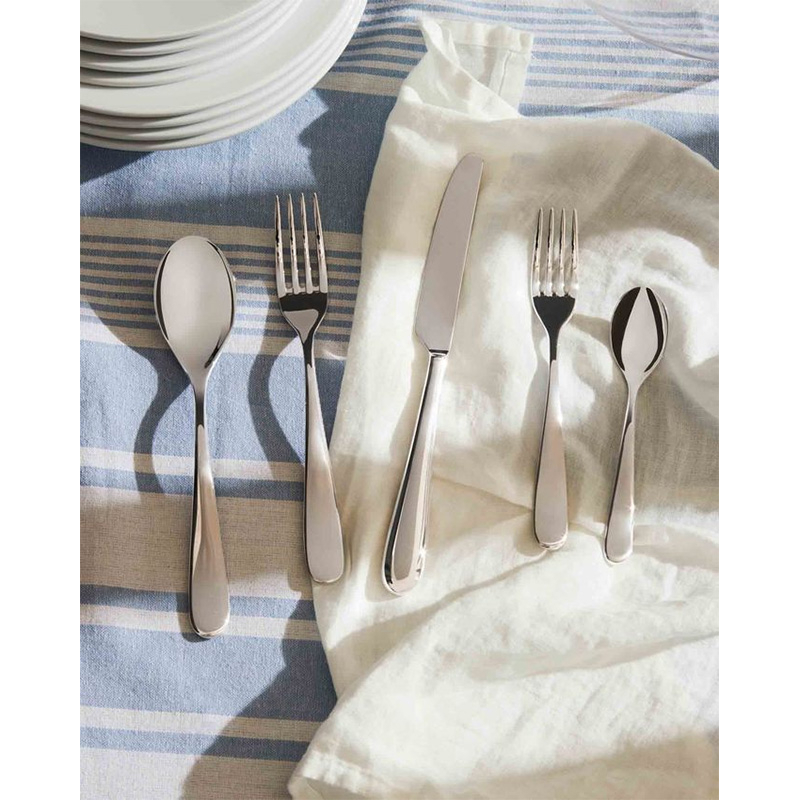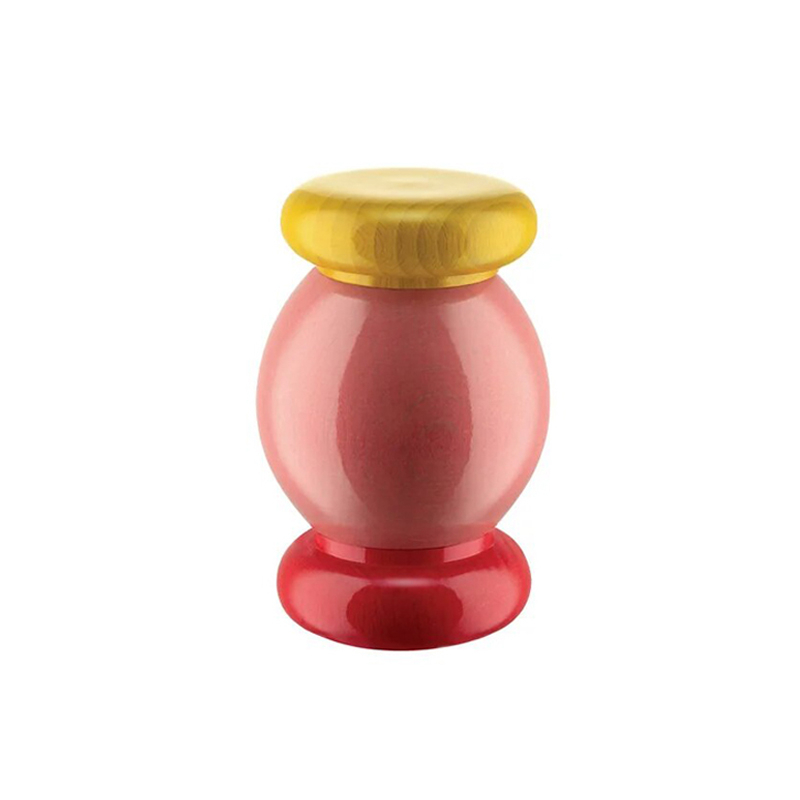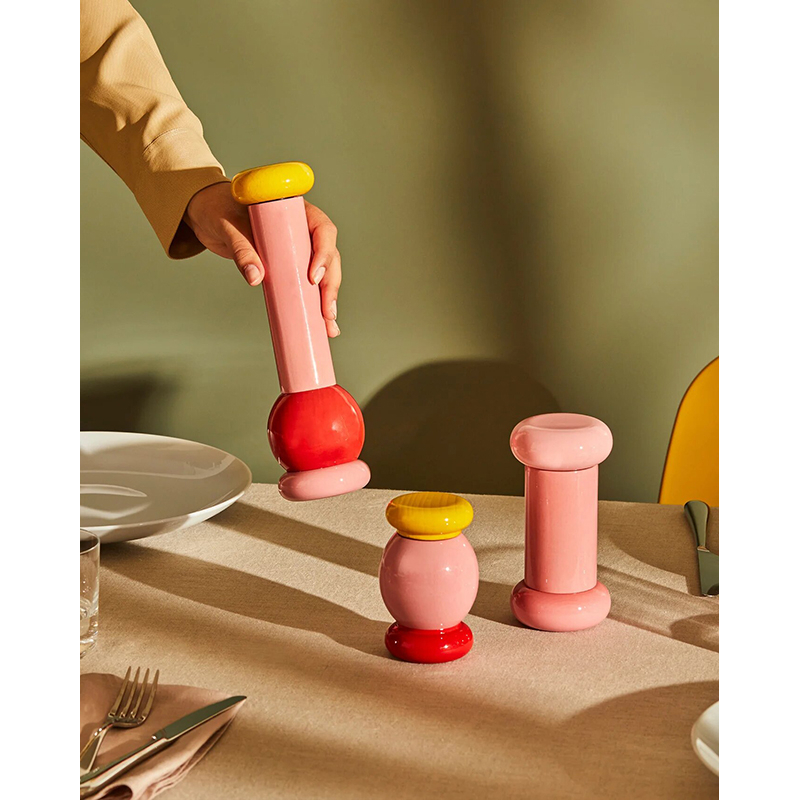- wishlist
-
Panier
Votre panier est vide.
menu overlay
menu overlay
Déjà client ?
Nouveau client ?
Profitez de tous les avantages que nous proposons et suivez vos achats dans l'historique de commande.
Inscriptionmenu overlay
Réinitialiser mon mot de passe
Vous recevrez un lien par mail pour réinitialiser votre mot de passe.
Lampe à poser ASHOKA Multicolore MEMPHIS MILANO
2 840,00 £GB
2 366,66 £GB HT
ou en

ASHOKA Multicolore
ASHOKA Multicolore
2 840,00 £GB
2 366,66 £GB HT
2 840,00 £GB
2 366,66 £GB HT
Description
Dessinée par Ettore Sottsass en 1981, la lampe Ashoka tire son nom de l'empereur de l'empire Maurya. Cette lampe de table ressemble à un empilement instable de formes géométriques ludiques. Bien qu'elle semble "déstructurée", la lampe Ashoka est en fait bien équilibrée, assemblée dans un arrangement parfaitement symétrique reposant sur une solide base rectangulaire grise. Editée par Memphis Milano, la lampe Ashoka est une véritable sculpture lumineuse.
Ce produit est livré avec un certificat d'authenticité.
Technique
1 x 3w g9 led + 5 x 4w e14 led - ampoules incluses
Couleur
Multicolore
Couleur
multicolore
Matériau
métal
Dimensions
l 74 x h 85 cm
Matériaux
métal peint
- Accueil
- ▸
- Lampe à poser
- ▸
- ASHOKA Multicolore
Ce que vous en pensez
Modalités de livraison
Livraison possible sous 48h pour les produits en stock.
Vous aimerez aussi
Par le même designer
menu overlay
Demande de devis
Vous recevrez une réponse de notre part sous 24h/48h
Vos coordonnées

Lampe à poser
ASHOKA Multicolore
MEMPHIS MILANO
Couleur :
Multicolore
2 840,00 £GB TTC
2 840,00 £GB HT
En stock
En stock
2 840,00 £GB TTC
2 840,00 £GB HT
Total des articles :
2 840,00 £GB
Taxes
0 €
Total (TVA incl.)
2 840,00 £GB


